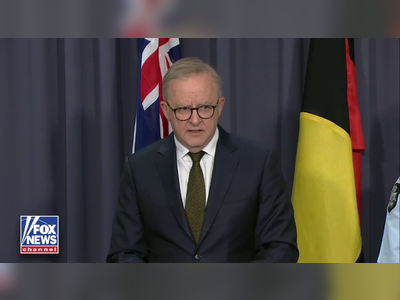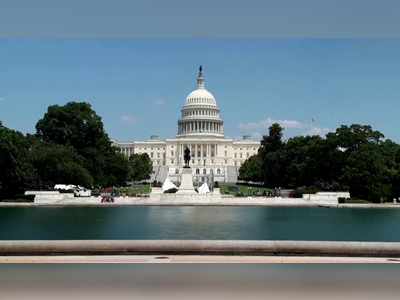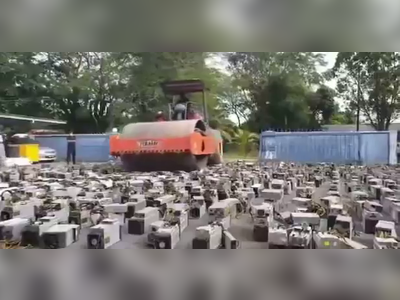
It’s up to you, Rishi Sunak: your next move is make or break for the NHS
The spending review the chancellor has said he will hold in the autumn will set health and care funding for the next three years. The decisions the government makes will affect the health of our nation for a generation. They could also have a significant impact on the next general election.
Between 2010 and 2019, the NHS suffered the longest and deepest financial squeeze in its history. Funding rose by just 1.4% a year on average. Given that demand for NHS services was rising by approximately 4% a year, the result was all too predictable.
Despite heroic efforts made on the NHS frontline, waiting lists grew, A&E performance dropped and the NHS maintenance backlog bill ballooned to £9bn. Staff became overstretched as they worked harder and harder to cover the growing gap between demand and funding.
In June 2018, the then prime minister, Theresa May, announced a five-year NHS revenue funding settlement. But this was never the bonanza many claimed.
NHS funding to 2023-24 increased by 3.3% a year – below the long-term average annual 3.6% increases the NHS has received since its creation in 1948. The settlement assumed the NHS could continue making the near-record efficiency savings it realised across most of the 2010s.
Three things have happened since. This government’s election manifesto promised 40 new hospitals, 50,000 extra nurses and 50 million new GP appointments. These require significant increases in NHS capital and education budgets, increases not covered by the June 2018 settlement or since.
The social care system has tipped further into crisis, making properly funded reform an immediate necessity. And we’ve had the Covid-19 pandemic, creating a much larger forward task for an already overstretched system.
The costs of Covid will be being paid for a long time to come: these will include addressing record levels of care backlogs; setting up a robust surveillance system to track new variants; effective test, trace and isolate systems; extra PPE; probable annual booster vaccinations; treatment for large numbers of patients affected by long Covid and mental health issues created by the pandemic.
The NHS will have to run at much lower efficiency levels to keep non-Covid patients safe. It will also need more capacity to cope with further Covid waves, especially in winter when it is at its most stretched.
 Chancellor Rishi Sunak visits the Imperial Clinical Research Facility at Hammersmith hospital in London.
Chancellor Rishi Sunak visits the Imperial Clinical Research Facility at Hammersmith hospital in London.
The care backlogs, in particular, look daunting. But the NHS tackled comparable waiting lists in the early 2000s, supported by several successive years of 7%-plus funding increases.
Rishi Sunak has up to now largely met his pledge of giving the NHS what it needed to cope with the pandemic. But recently the Treasury mood music has sharply switched to recovering the national finances, reducing the NHS share of public spending, and a worryingly misplaced assumption that Covid-19 costs will fall quickly, so the NHS can return to its “generous” June 2018 settlement.
Frontline leaders cannot provide the quality of care patients need, and deliver the government’s manifesto commitments, unless they are properly funded to do so.
They won’t be able to reach the much higher levels of activity needed to clear surgery backlogs without substantial investment in extra diagnostic equipment, new technology and new ways of working.
Similar challenges apply to meeting growing demand for ambulance, community and mental health services. NHS leaders can’t build 40 new hospitals or maintain safe estates without the right capital funding. They can’t ensure a sustainable workload for NHS staff without a fully funded long-term workforce plan.
The Covid vaccination programme shows that when the NHS has the support it needs, it delivers in spades. Its frontline leaders believe greater challenges lie ahead. The spending review will be crucial in enabling the NHS to meet these challenges. Otherwise patients will pay the price.









